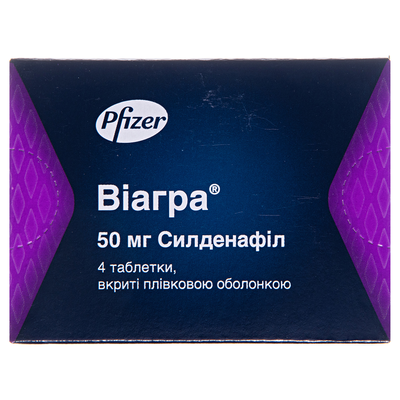We live in a busy world, when almost everyone loves to take things within their reach. We live in a world where fast food, remote виагра купить украина, TV, automobiles, gasoline, and electricity are a prerequisite. Modernization has its own conveniences, but it has its own downfalls. It makes us become busy all the time with all the details, so that we don’t have the time to study new things. Take, for instance, the practice of medicine nowadays. A patient comes in, and, after examination and history-taking he is being bombarded with a handful of pills to take with illegible prescription handwriting. The same thing happens to the second patient, then the third patient, and so on. Modern medicine is so monotonous that doctors appear too busy to research on alternative ways on how to promote good health and well-being.
Few of us medical practitioners realize the importance of alternative medicine, and how it opens venues for future research and for the formulation of custom protocols for the individual patient. We think of alternative medicine as “quack” treatments, but do we ever pause to study and examine it in detail so that we can learn from it and apply it to our practice?
Alternative medicine has been defined by the National Center for Complementary and Alternative Medicine (NCCAM) as a form of healing practice which is “used in place of conventional medicine, such as using a special diet to treat cancer instead of undergoing surgery, radiation, or chemotherapy that has been recommended by a conventional doctor.” It is different from complementary medicine, which is a healing practice being used together with standard medical care, e.g. using acupuncture to help with side effects of cancer treatment; or, integrative medicine, which “is a total approach to care that involves the patient’s mind, body, and spirit and combines standard medical treatments with CAM practices that have shown the most promise”. These three concepts are grouped together as Complementary and Alternative Medicine (CAM).
Do Americans use complementary and alternative medicine in their daily lives? Absolutely. The NCCAM has reported in 2007 that in the United States alone, 38 percent of adults (about 1 in 9) and approximately 12 percent of children (about 1 in 9) are using complementary and alternative medicine. It has also been found out that CAM use is greater among women and those with higher levels of education and higher incomes.
Complementary and Alternative Medicine (CAM) is further divided into four major categories: biologically based practices, energy medicine, manipulative and body-based practices. In addition, complementary and alternative medicine involves whole medical systems, in the form of homeopathic medicine, which seeks to stimulate the body’s ability to heal itself; traditional Chinese Medicine which uses herbs, meditation, and massage to obtain balance in the body; Ayurveda which originated in India; and Naturopathic Medicine, which supports the body’s ability to heal itself through the use of dietary and lifestyle changes together with herbs, massage and joint manipulation.
